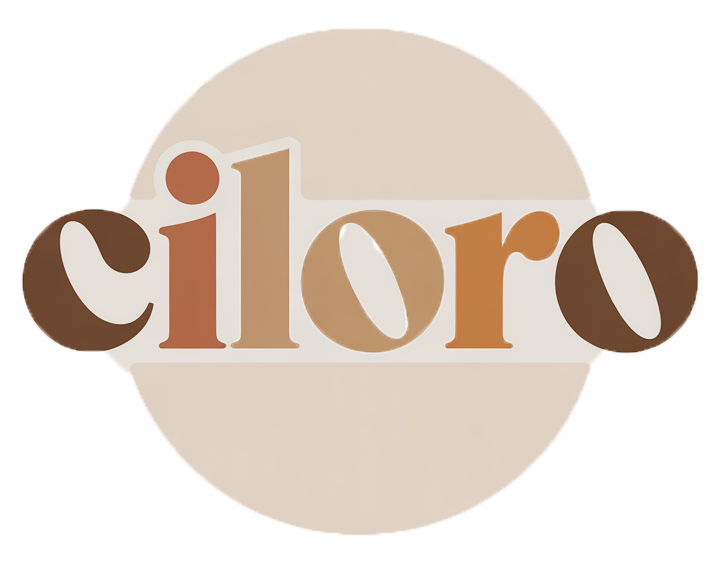Create Stunning 3D Printed Home Decor on a Budget
3D printing has revolutionized the way we approach home decor, offering innovative solutions that are both creative and cost-effective. As this technology has gained popularity, many individuals are discovering its potential to transform ordinary spaces into extraordinary environments with unique, personalized items. In today's world, where budget constraints often dictate design choices, finding affordable options for home decor has become increasingly important.
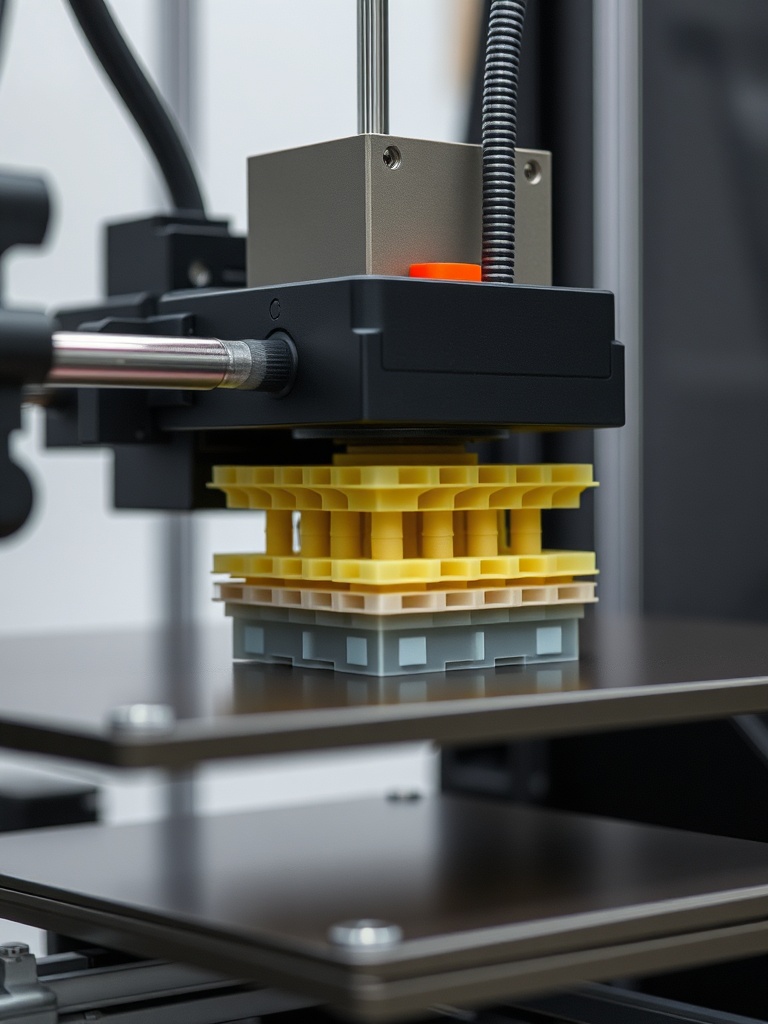
This article aims to guide readers through the process of creating stunning 3D printed home decor on a budget. By exploring various aspects of 3D printing, from understanding the technology to designing and showcasing your creations, we hope to inspire you to embrace this exciting medium and enhance your living space without breaking the bank.
Understanding 3D Printing Technology
What is 3D Printing?
3D printing, also known as additive manufacturing, is a process that creates three-dimensional objects from a digital file. This is achieved by layering materials, such as plastic, resin, or metal, until the desired shape is formed. There are several types of 3D printing technologies, including:
- Fused Deposition Modeling (FDM): This is the most common type, where thermoplastic filament is melted and extruded layer by layer.
- Stereolithography (SLA): This technique uses a laser to cure liquid resin into hardened plastic.
- Selective Laser Sintering (SLS): This method uses a laser to fuse powdered materials, creating durable parts.
Benefits of 3D Printing for Home Decor
3D printing offers numerous advantages when it comes to home decor:
- Customization: Create items tailored to your specific tastes and needs.
- Cost-effectiveness: Often cheaper than traditional decor methods, especially for unique designs.
- Eco-friendly: Many materials used in 3D printing are recyclable, promoting sustainable practices.
Getting Started with 3D Printing
Choosing the Right 3D Printer
When selecting a 3D printer, consider the following factors:
- Budget: Identify how much you are willing to invest.
- Print Size: Determine the maximum dimensions of the items you wish to create.
- Material Compatibility: Ensure the printer can handle the filaments you plan to use.
For beginners, affordable entry-level printers like the Creality Ender 3 or Anycubic i3 Mega are excellent options.
Essential Software for 3D Design
To create your own designs, you will need software tools. Some popular options include:
- Tinkercad: A user-friendly, web-based tool ideal for beginners.
- Blender: A powerful open-source program suitable for more complex designs.
- Fusion 360: A professional-grade software that offers advanced modeling features.
Beginners should start with Tinkercad, as it provides an intuitive interface and helpful tutorials.
Finding Free or Affordable 3D Models
Many online platforms allow you to download free or affordable 3D models. Notable websites include:
- Thingiverse: A vast repository of user-generated designs.
- MyMiniFactory: Offers curated collections of printable models.
For a personal touch, consider modifying existing models using your design software.
Budget-Friendly Materials for 3D Printing
Types of Filaments
Common filaments used in 3D printing include:
- PLA: Biodegradable, easy to print, and ideal for beginners.
- ABS: Durable and heat-resistant, but requires a heated bed.
- PETG: Combines the ease of PLA with the strength of ABS.
For budget-conscious projects, PLA is often the best choice due to its low cost and availability.
Sourcing Affordable Materials
To find affordable filaments, consider:
- Buying in bulk from suppliers.
- Checking local stores for sales or discounts.
Additionally, recycling and reusing materials can help reduce costs and promote eco-friendliness.
Designing Your Own 3D Printed Home Decor
Tips for Beginners
When designing your decor items, keep these basic principles in mind:
- Scale and Proportion: Ensure your items fit well within your space.
- Functionality: Consider how the item will be used in your home.
Popular Home Decor Items to Create
Some great ideas for 3D printed home decor include: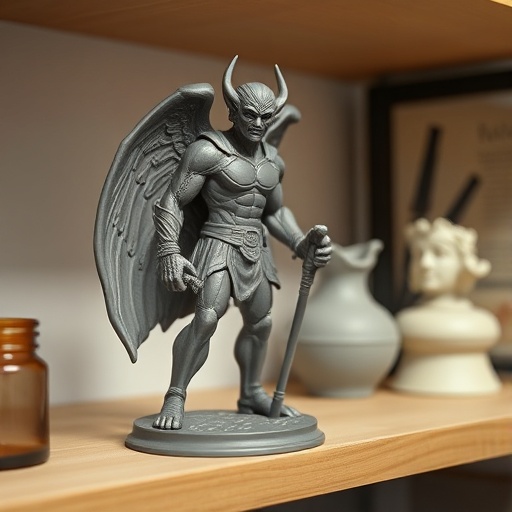
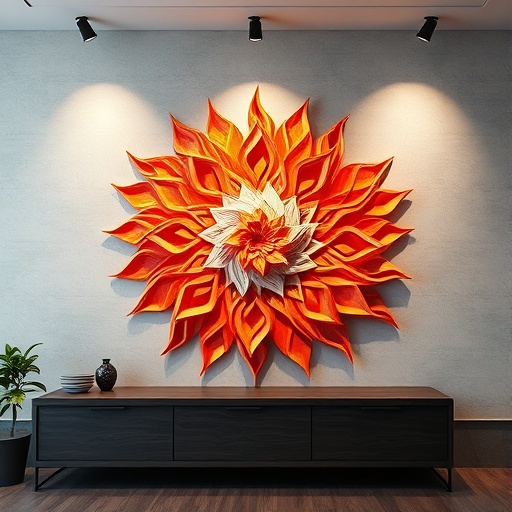
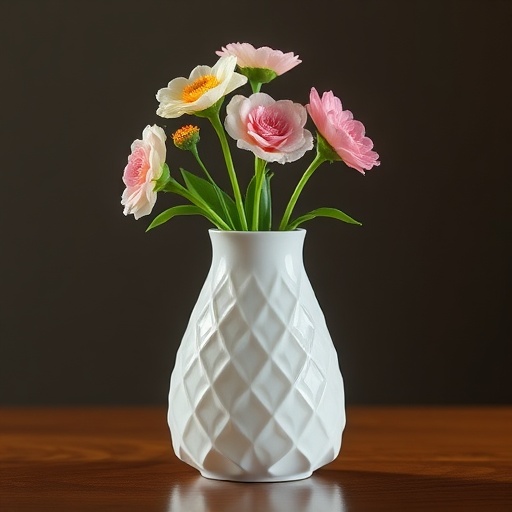
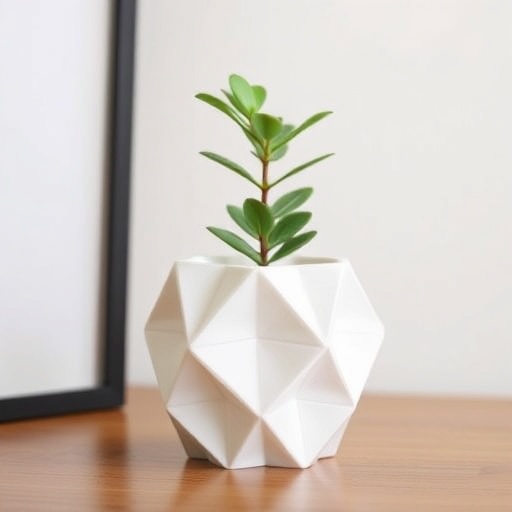
- Vases: Create unique shapes to hold your favorite flowers.
- Planters: Design personalized pots for your indoor plants.
- Wall Art: Make stunning pieces to brighten up your walls.
- Decorative Figurines: Craft custom figures for display.
Consider unique items like custom light fixtures or kitchen accessories to add flair to your home.
Customizing Designs
To make your designs truly unique:
- Add personal touches, such as colors and textures.
- Incorporate family names or quotes to create sentimental pieces.
Printing Your Designs
Preparing Your 3D Printer
Follow these steps to set up your printer:
- Assemble the printer according to the manufacturer's instructions.
- Calibrate the printer for optimal performance.
- Load the filament and ensure it feeds correctly.
Regular maintenance is crucial for ensuring high-quality prints.
Print Settings for Best Results
Key settings to consider include:
- Layer Height: Affects the level of detail in your print.
- Infill: Determines the internal structure and strength of the item.
- Print Speed: Balances quality and time taken to complete the print.
Adjust these settings based on the materials you are using for the best results.
Finishing Techniques for 3D Printed Decor
Post-Processing Options
To enhance the appearance of your printed items, consider:
- Smoothing surfaces: Use sanding or painting techniques.
- Sealing: Apply a resin coat for a glossy finish.
Assembly and Installation Tips
If your design consists of multiple parts:
- Follow the assembly instructions carefully.
- Consider creative ways to display your items, such as using shelves or wall mounts.
Creative Ideas for Using 3D Printed Decor
Themed Decor Projects
Consider creating seasonal decorations for occasions such as:
- Holidays
- Birthdays
Design a cohesive look by crafting a set of themed items that complement each other.
Functional Decor
Combine aesthetics with practicality by designing items such as: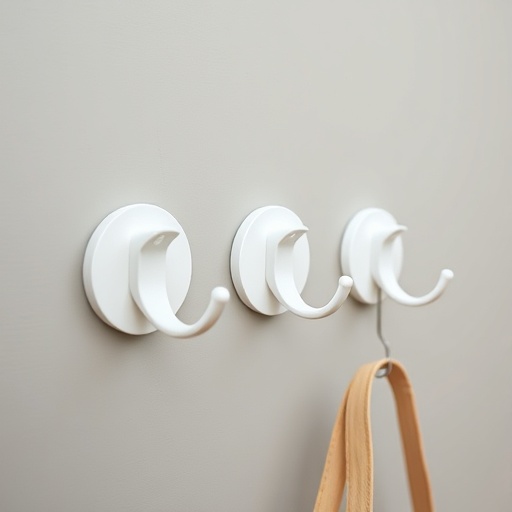
- Hooks: Stylish and useful for organizing spaces.
- Organizers: Keep your space tidy while adding decor.
Multi-use items are particularly beneficial in small spaces.
Showcasing Your 3D Printed Decor
Arrangement and Display Techniques
To create visual appeal, consider:
- Arranging items in groups based on size and color.
- Utilizing various surfaces, such as shelves, tables, and walls effectively.
Sharing Your Creations
Don't hesitate to share your designs on social media platforms. This helps to:
- Gain feedback and inspiration from others.
- Build a community of 3D printing enthusiasts.
Conclusion
3D printed home decor offers an exciting and budget-friendly way to enhance your living space. By leveraging the unique capabilities of 3D printing, you can create personalized items that reflect your style without overspending. We encourage you to experiment with your designs and let your creativity flow, as the possibilities are endless.
Recap
In summary, understanding the technology, sourcing materials, and mastering design techniques are essential steps in creating stunning 3D printed decor on a budget. As you embark on this journey, remember to have fun and let your imagination guide you.
Key Takeaways
- 3D printing allows for unique, customized decor at a lower cost.
- Choosing the right printer and materials is crucial for success.
- Post-processing techniques can enhance the final appearance of your items.
- Sharing your creations can foster community and inspire others.
FAQ
What is the best material for beginners in 3D printing?
PLA is often recommended for beginners due to its ease of use and low cost.
Where can I find free 3D models for printing?
Websites like Thingiverse and MyMiniFactory offer a wide range of free models.
How do I ensure my 3D printer is calibrated correctly?
Follow the manufacturer's instructions for calibration and perform regular checks to maintain accuracy.
Can I recycle 3D printed materials?
Yes, many 3D printing materials, especially PLA, can be recycled or reused in various projects.
What are some common finishing techniques for 3D printed items?
Sanding, painting, and applying resin coatings are popular methods to enhance the appearance of prints.
